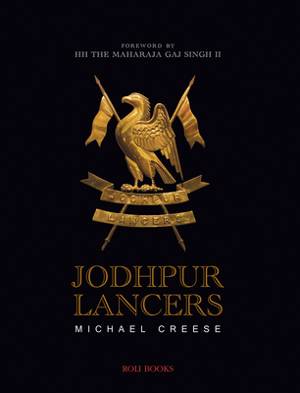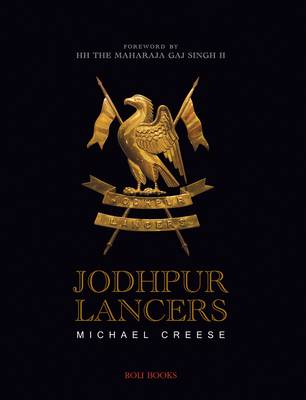
- Afhalen na 1 uur in een winkel met voorraad
- Gratis thuislevering in België vanaf € 30
- Ruim aanbod met 7 miljoen producten
- Afhalen na 1 uur in een winkel met voorraad
- Gratis thuislevering in België vanaf € 30
- Ruim aanbod met 7 miljoen producten
Zoeken
Omschrijving
This is the story of the magnificent Jodhpur Lancers - one of India's most charismatic cavalry regiments - even as centenary celebrations begin of their finest hour, their extraordinary victory at the Battle of Haifa (now in Israel) in 1918. Indeed, the charge, mounted on horses against machine gun fire, at the fortified city then held by German and Turkish forces, is described by many as 'perhaps the greatest cavalry charge ever on a regimental scale', ranking alongside Cromwell's Ironsides at Marston Moor, the Polish Lancers at Somosierra and the German cavalry at Mars-la-Tour. No wonder the Jodhpur Lancers were referred to as the Jo Hokums ('As You Command') by the end of the Great War - no challenge was insurmountable, no order ever refused. Laced with anecdotes and 'inside stories', Michael Creese traces the roots of the regiment from its raising by the legendary Sir Pratap Singh to its early actions in China. From the muddy trenches of France, to Haifa, Aleppo and Damascus; to its eventual mechanisation in the Second World War. Finally, and sadly, to its bureaucratic amalgamation with the Indian Army in the 1950s, where, against many odds, it has been able to retain a slice of its identity and history; the battle cry always 'Ran Banka Rathore' ('The Rathore - Invincible in Battle').
Specificaties
Betrokkenen
- Auteur(s):
- Uitgeverij:
Inhoud
- Aantal bladzijden:
- 192
- Taal:
- Engels
Eigenschappen
- Productcode (EAN):
- 9788193860809
- Verschijningsdatum:
- 27/09/2019
- Uitvoering:
- Hardcover
- Formaat:
- Genaaid
- Afmetingen:
- 175 mm x 229 mm
- Gewicht:
- 793 g

Alleen bij Standaard Boekhandel
+ 59 punten op je klantenkaart van Standaard Boekhandel
Beoordelingen
We publiceren alleen reviews die voldoen aan de voorwaarden voor reviews. Bekijk onze voorwaarden voor reviews.











